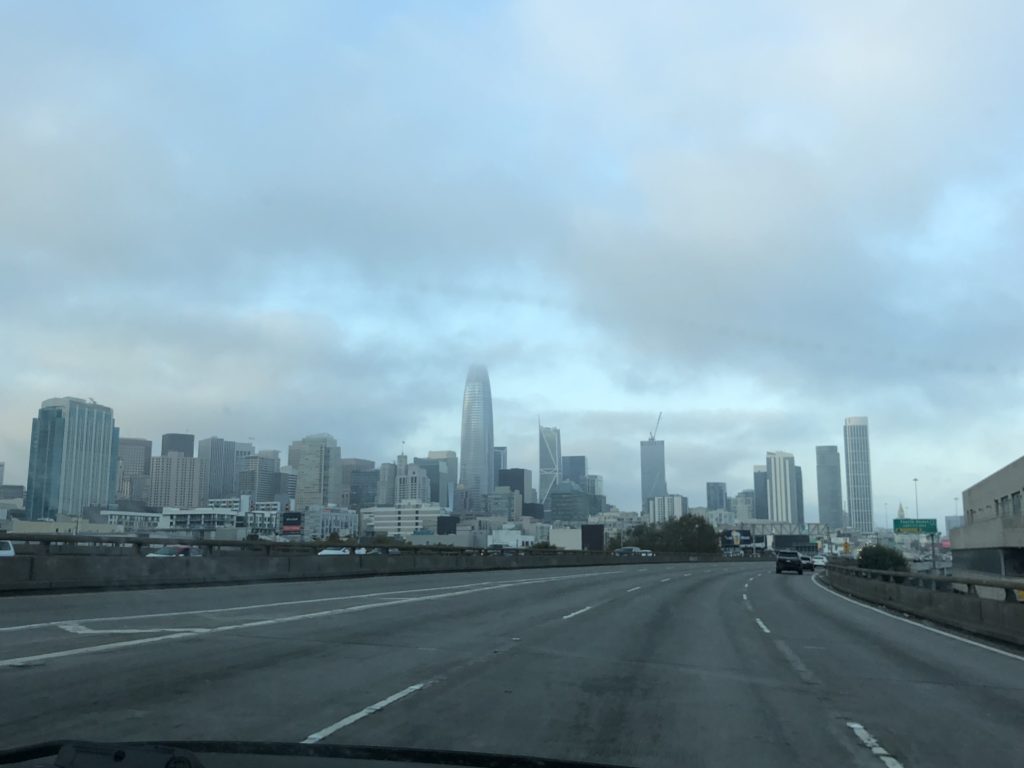We were driving south on Highway 101, heading down the coast to San Francisco. I had learned the day before that we were passing through the proposed state of Jefferson. The story goes back to 1941. A group of four counties in southwest Oregon and three in northern California, feeling that their beliefs were being underrepresented by their respective state governments, decided to split off and create their own state called Jefferson. These counties are rural and Republican. Politics in Oregon and California tends to follow what is happening in the populous urban areas that lean Democratic. The intended split was shelved after the bombing of Pearl Harbor and the subsequent war effort, but the issue never went away. Since then, there have been books on the topic, a Jefferson State radio station, a Jefferson State scenic byway, and even advisory votes made in favour of the split. Over the last decade, the push to breakaway has intensified with a host of additional Californian counties jumping on the bandwagon. The total is now 21 Californian counties with a population of 1.8 million. With US politics incredibly polarised at the moment, this is actually a possibility. I mean, they already have a flag. Interestingly, the three states of Kentucky, Maine, and West Virginia were originally split out of larger existing states, so there is historical precedent (although this was a long time ago). As I looked further into the topic, I discovered that more than half of the US states have, at some point, been home to internal movements to break away and start a separate state.
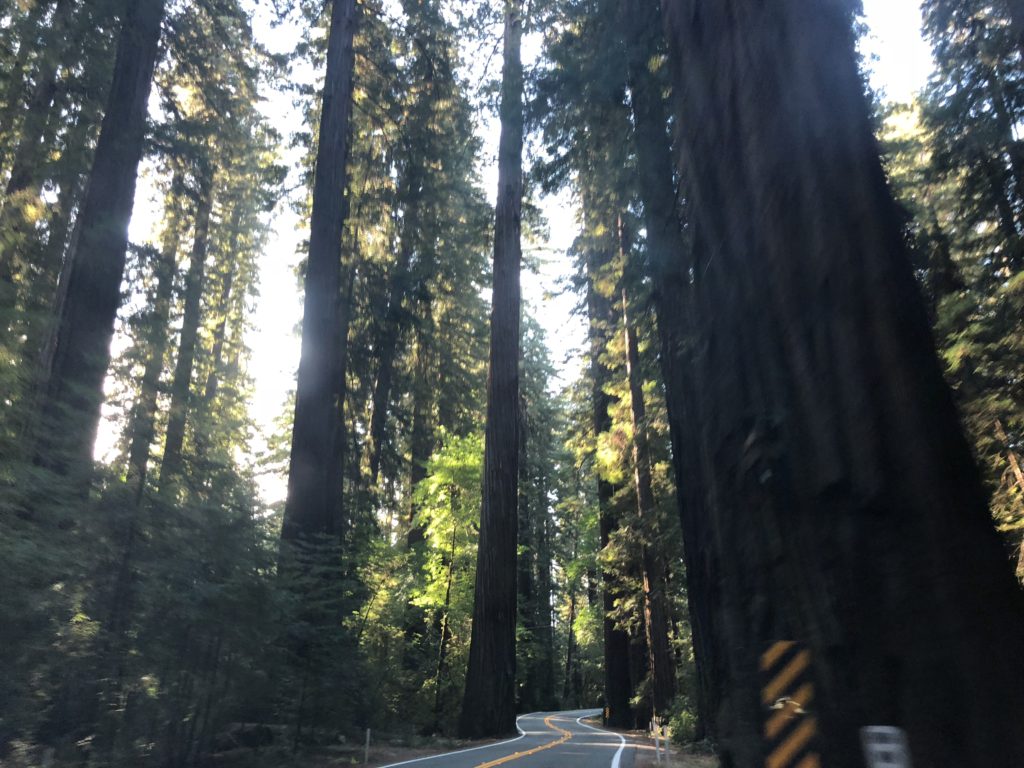
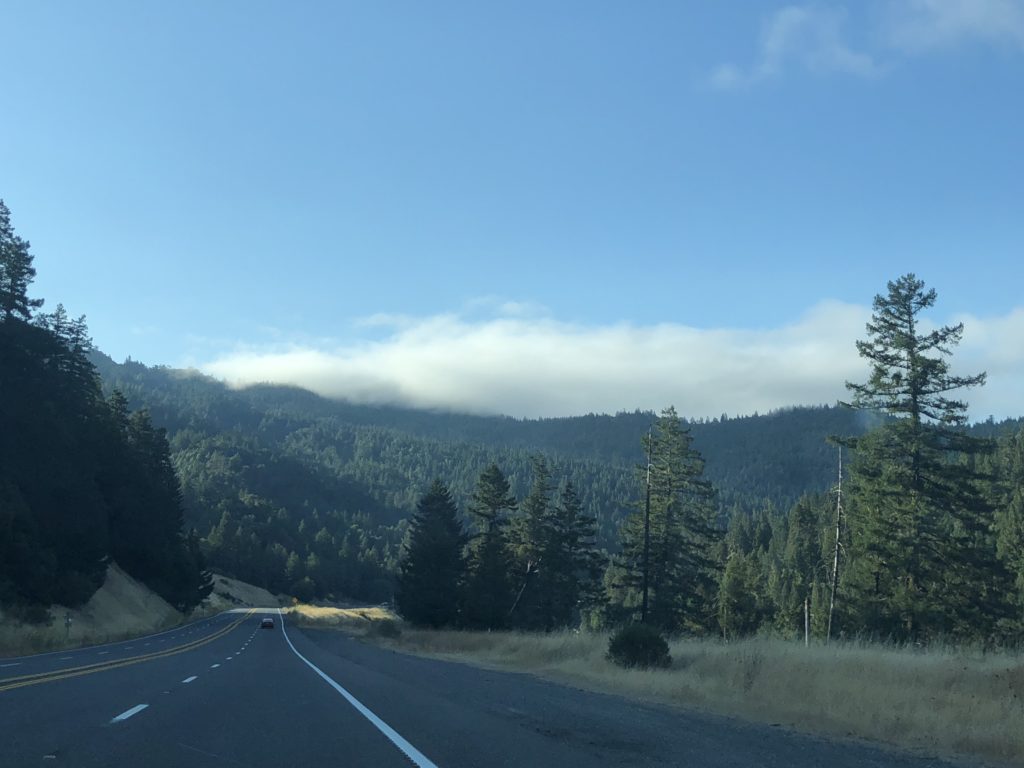
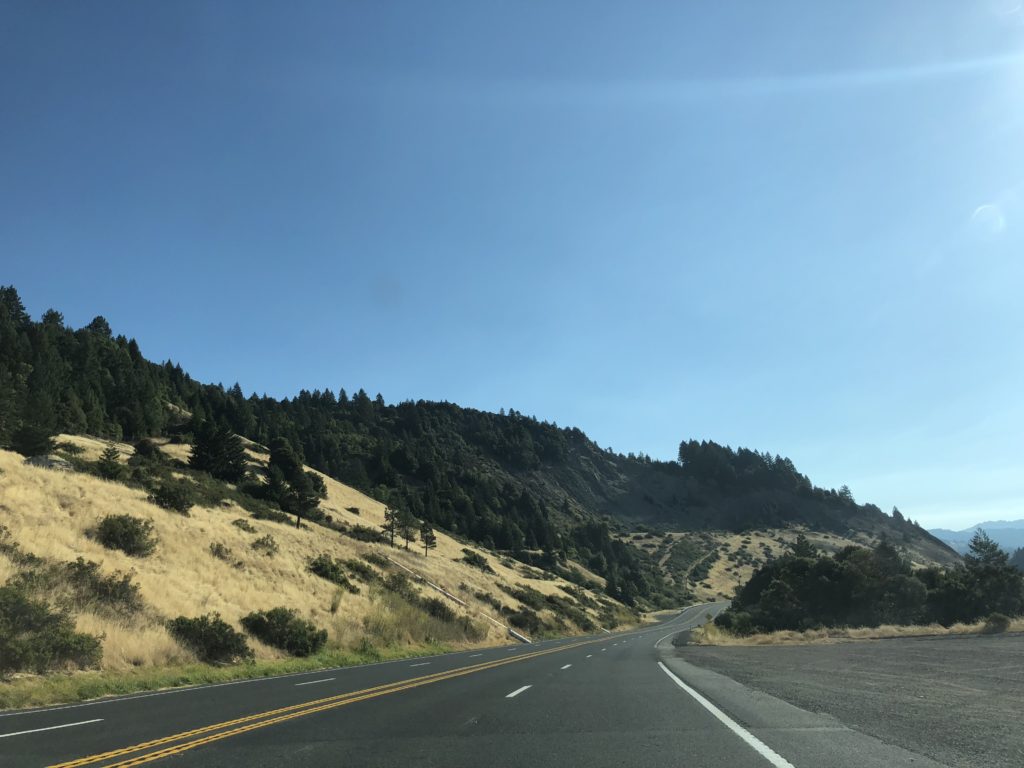
Leaving ‘Jefferson’ behind, we carried on south towards San Francisco, passing through California’s wine country.
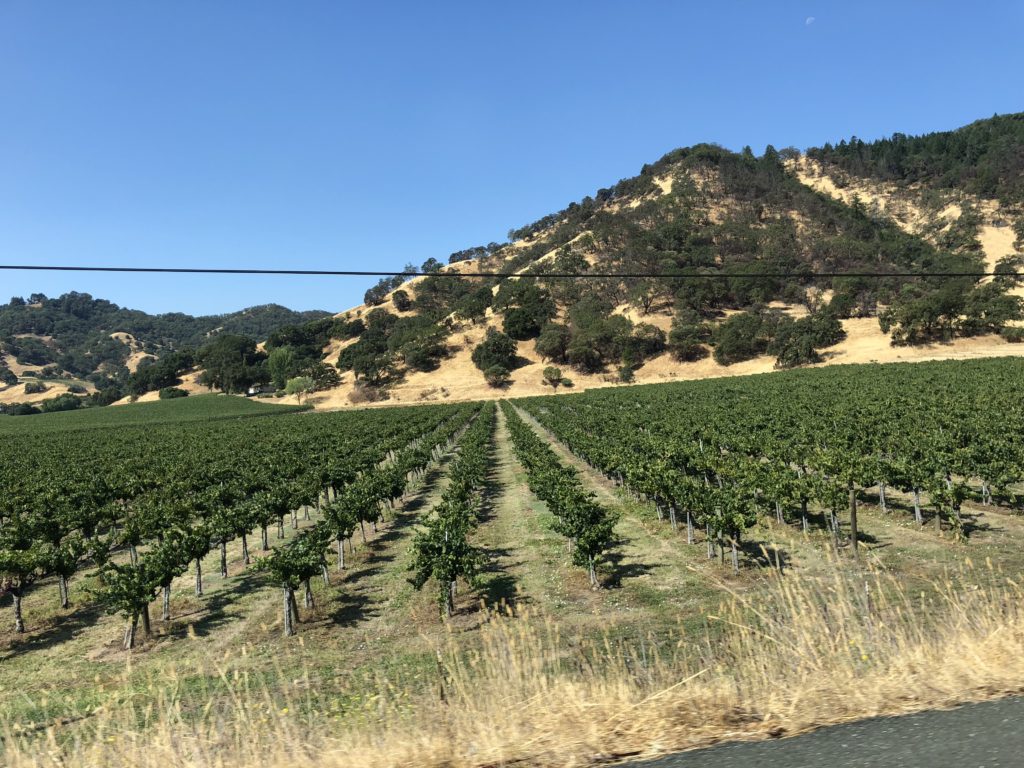
San Francisco has a seriously impressive northern entrance – the Golden Gate Bridge. Finished in 1937, this iconic steel suspension bridge spans the ‘golden gate’, a strait that connects San Francisco Bay and the Pacific Ocean. Held together by 1.2 million steel rivets, the bridge spans a 1.3 kilometre length of water which it clears by 70 metres, leaving sufficient space for ships to pass underneath. During construction, the steel pieces arrived covered in a rust-blocking red lead primer. As the tower began to take shape, people started to like the colour. They ended up choosing a very similar colour called “international orange”, which is supposed to complement the bridge’s natural surroundings while also increasing visibility in fog. San Francisco is a famously foggy place, and it didn’t disappoint on our arrival:
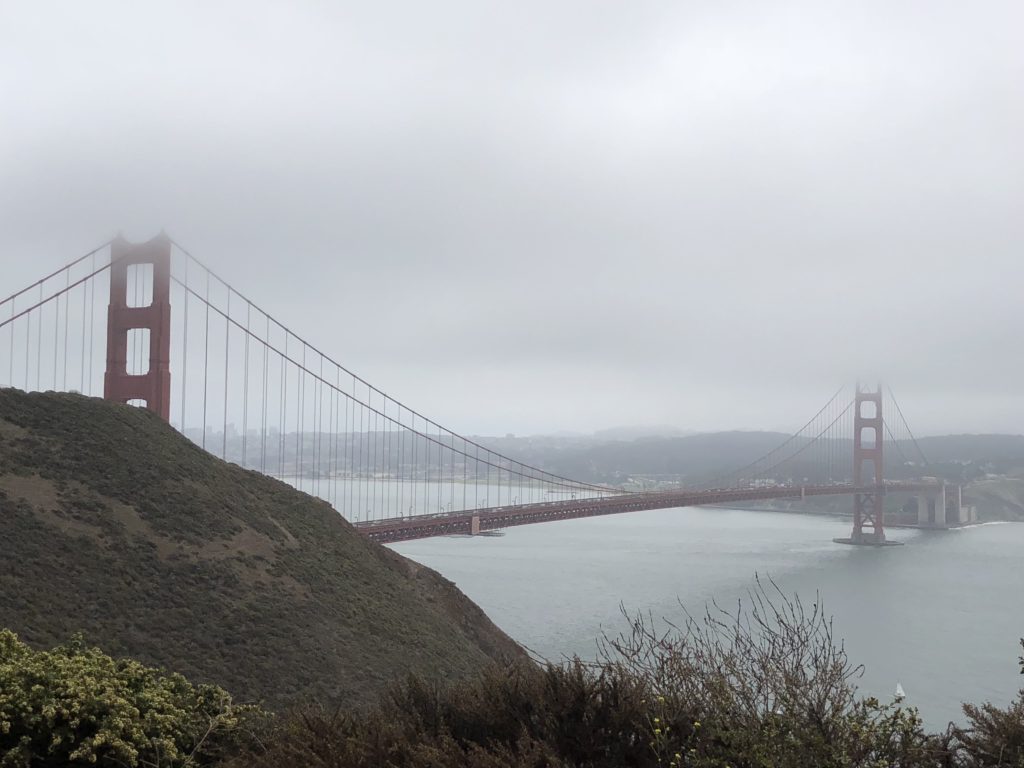

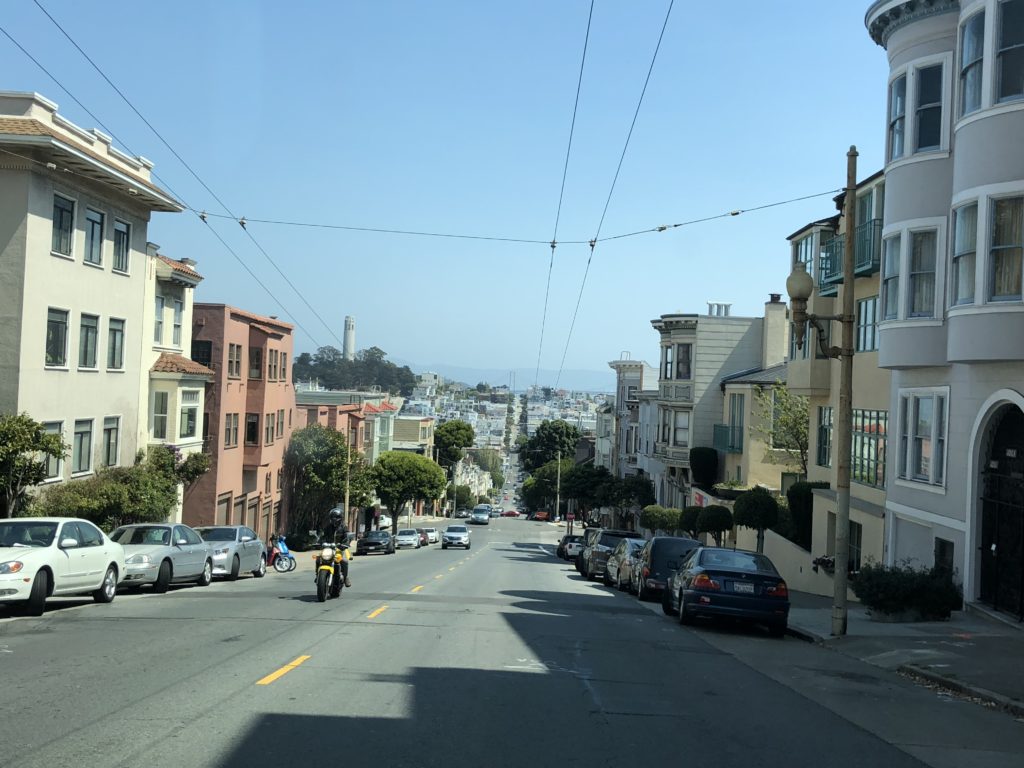
We made our way to Pier 33, as we had luckily secured a pair of tickets for a tour of the city’s most infamous prison.
The federal prison on Alcatraz island opened in 1934 – a high-profile and maximum-security facility. On ‘the Rock’, the rule was that “you are entitled to food, clothing, shelter, and medical attention. Anything else you get is a privilege”. Another saying goes: “Break the rules and you go to prison, break the prison rules and you go to Alcatraz”. Located about 2km offshore from San Francisco, Alcatraz island’s isolation, exposure, and barren environment add to its mystery and notoriety. Approaching the island, I felt the heaviness of the place. Chilly winds and gray foggy clouds heightened the suspense.
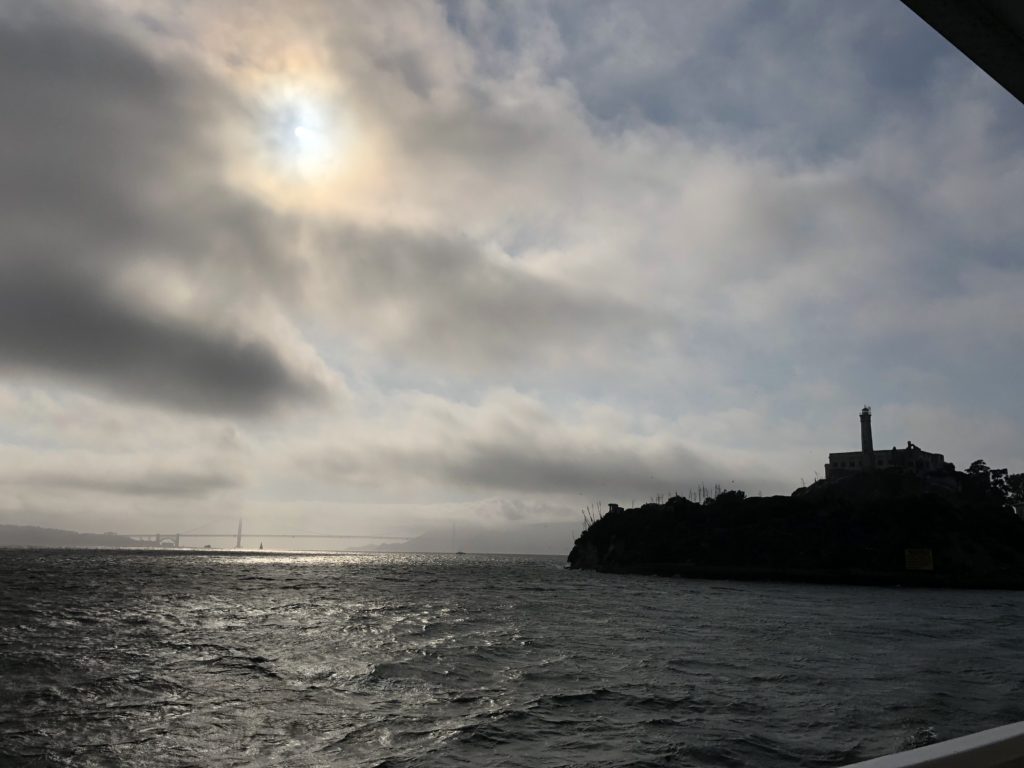
The guided audio tour starts in the cellhouse, a steel-reinforced concrete building that dates back to 1912 when Alcatraz was a military prison. It was an engineering challenge with all the equipment and materials (including fresh water to mix the concrete) needing to be shipped in by barge. For labour, the prison’s future inmates were ‘enlisted’. Imagine building your own cellhouse! When it was finished, it was the world’s largest concrete building. While the building was big, the individual cells were pretty tiny:
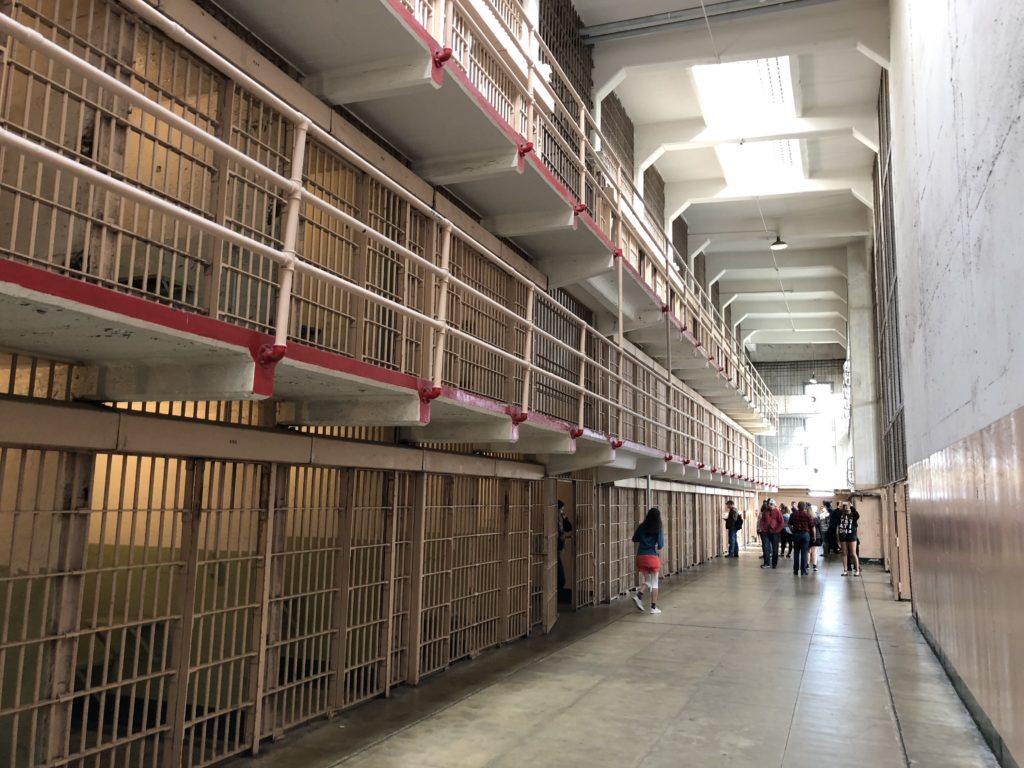
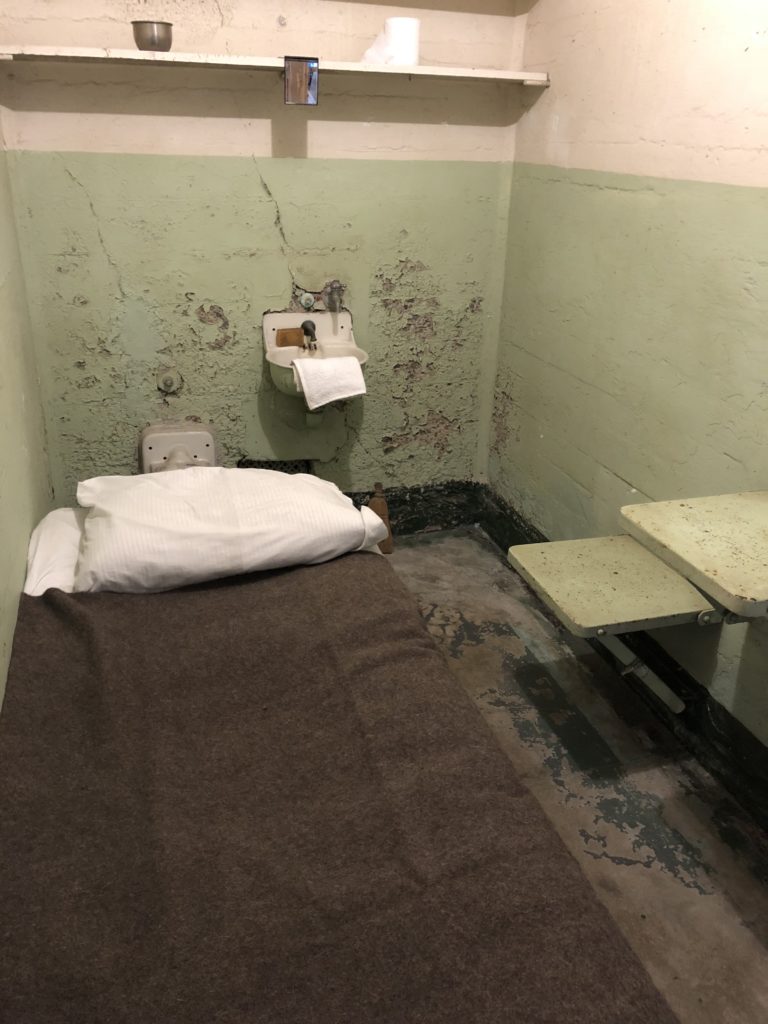
The Alcatraz tour was excellent – probably the best tour we took on our whole North American trip – full of interesting stories of daily life, escape attempts, famous inmates, guard duties, etc. Of the 14 escape attempts, the most bloody occurred in May 1946. A group of six inmates were successful in overpowering the guards on duty, but unsuccessful in getting to shore before sirens began to wail. They barricaded themselves inside the cellhouse with a bunch of guards as hostages. US marines shelled the facility and sent in volleys of grenades and gunfire. The siege lasted a couple of days before ending with the military taking back the prison. About twelve people, prisoners and guards, lost their lives. Scars of the ‘Battle of Alcatraz’ remain:
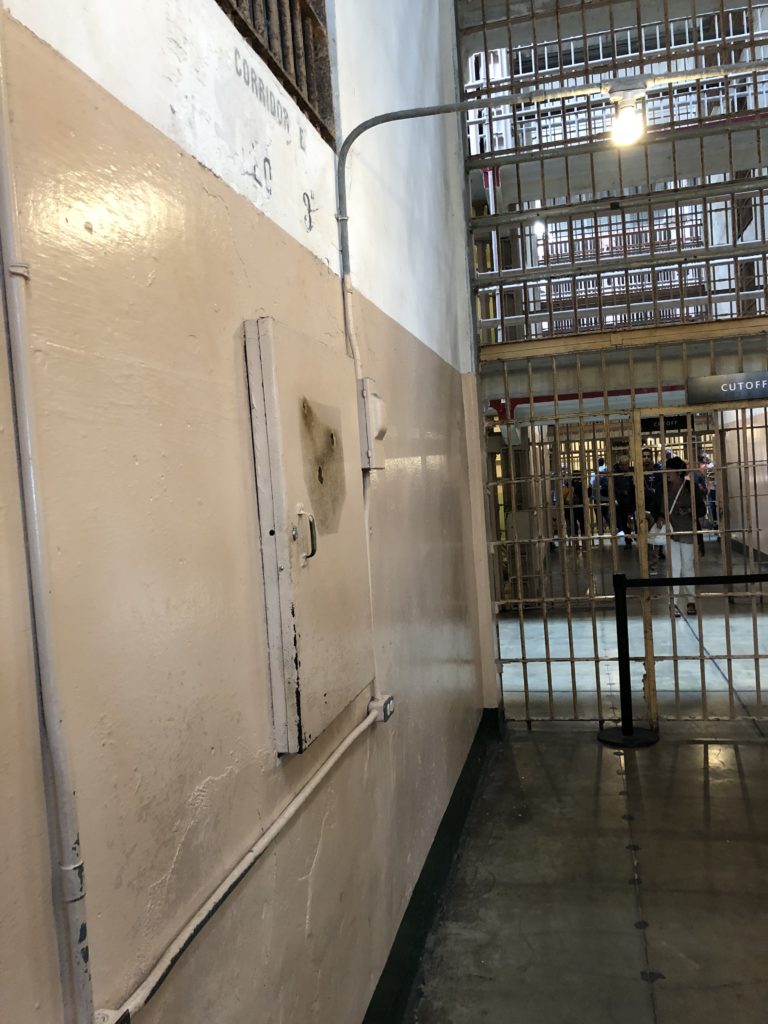
One of the most ingenious escape attempts occurred in June 1962. Three inmates used spoons and other basic items to carve out vents to a utility corridor and climb to the roof. They had fashioned fake heads out of soap, cement, and paint to delay their discovery. Using a floating device made out of a raincoat (?), they set off for the mainland. That night, the water was particularly icy and the current out to sea was strong. The three were never seen again. Conspiracy theories abound.
Only 1,545 men actually did time on the Rock during its 30-year tenure as the most feared prison in the land. The biggest star was undoubtedly Al “Scarface” Capone, serving time for tax evasion. He spent some of his time in D Block, called the Segregation of Treatment Unit. It was home to the most dangerous and unruly of the lot. The handful of isolation cells seemed particularly bleak – cramped space, minimal light, near-zero time in the yard.
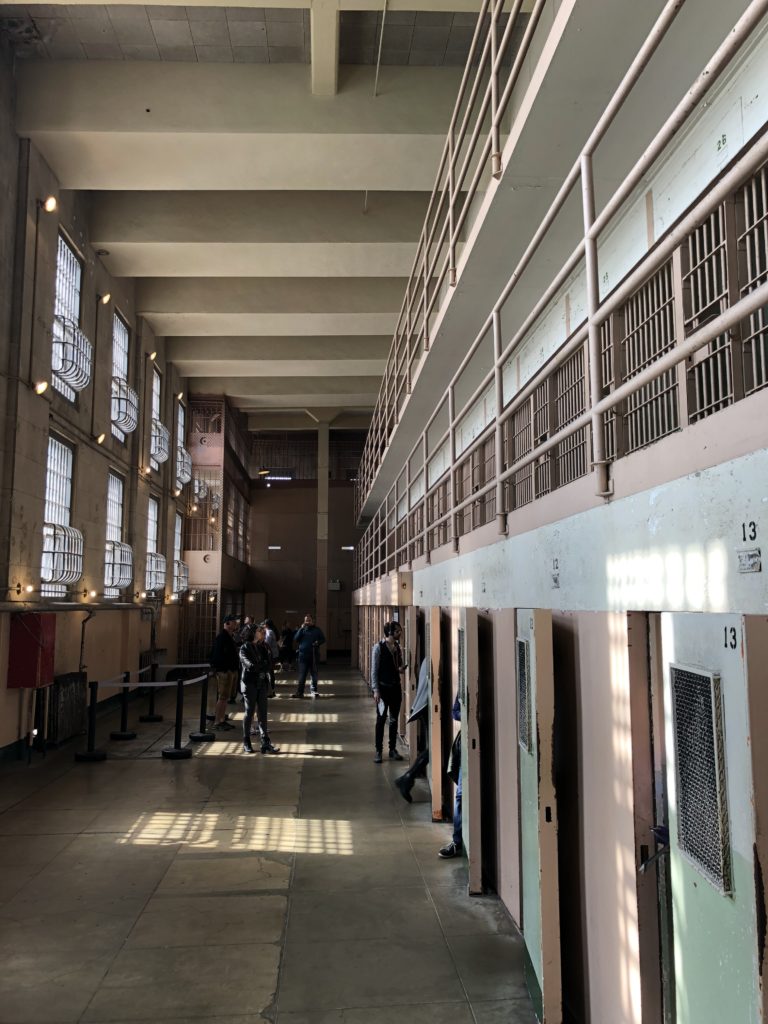
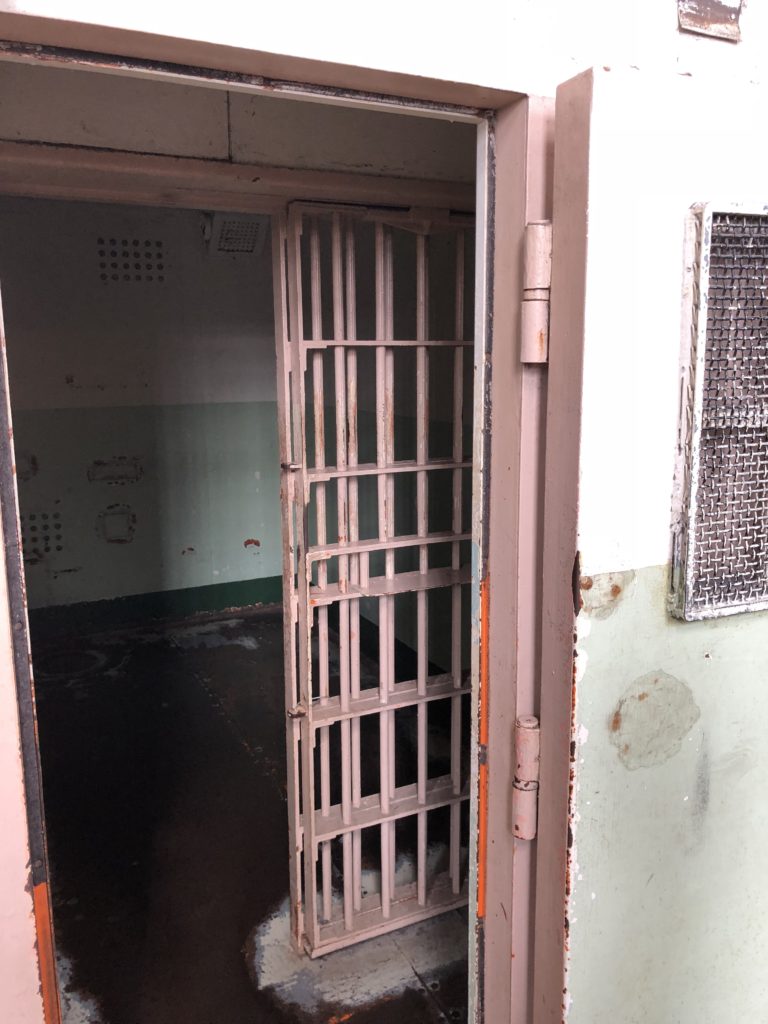
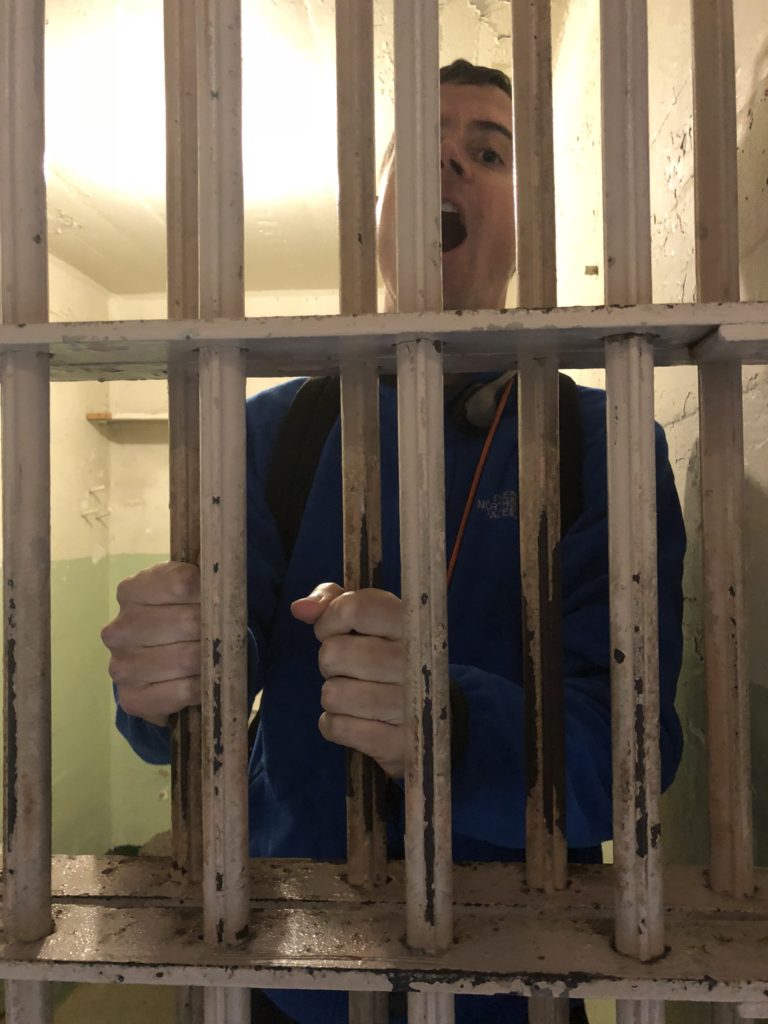
Prisoners remained on Alcatraz until they were no longer considered to be disruptive or incorrigible – an average of 8 to 10 years. One respite – the dining hall apparently served some of the best food in the US prison system. But access to knives and forks made it one of the most dangerous rooms on the island. Guards were on constant patrol and tear gas canisters were mounted in the ceiling in case of an incident (never used).
Because of high maintenance and operating costs, Alcatraz was closed in 1963. But its 30-year run had securely established for itself an iconic place in American history, and the island is a major tourist attraction. Besides the cellhouse, there is actually a lot to see on this unique island.
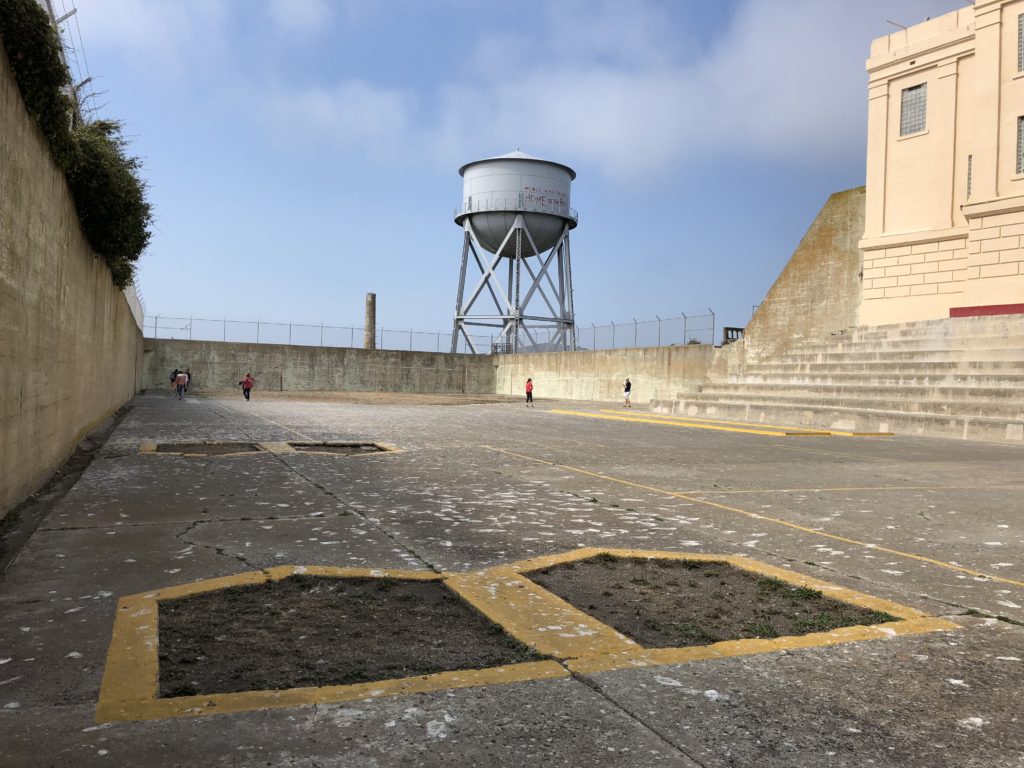
(outside recreation area)
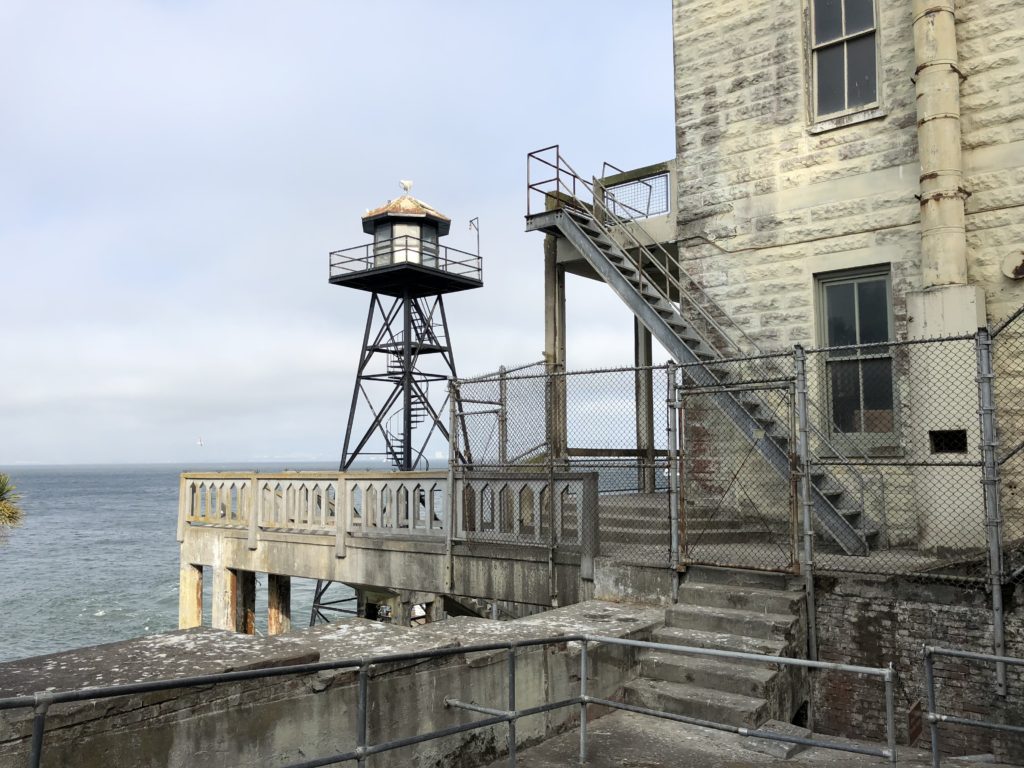
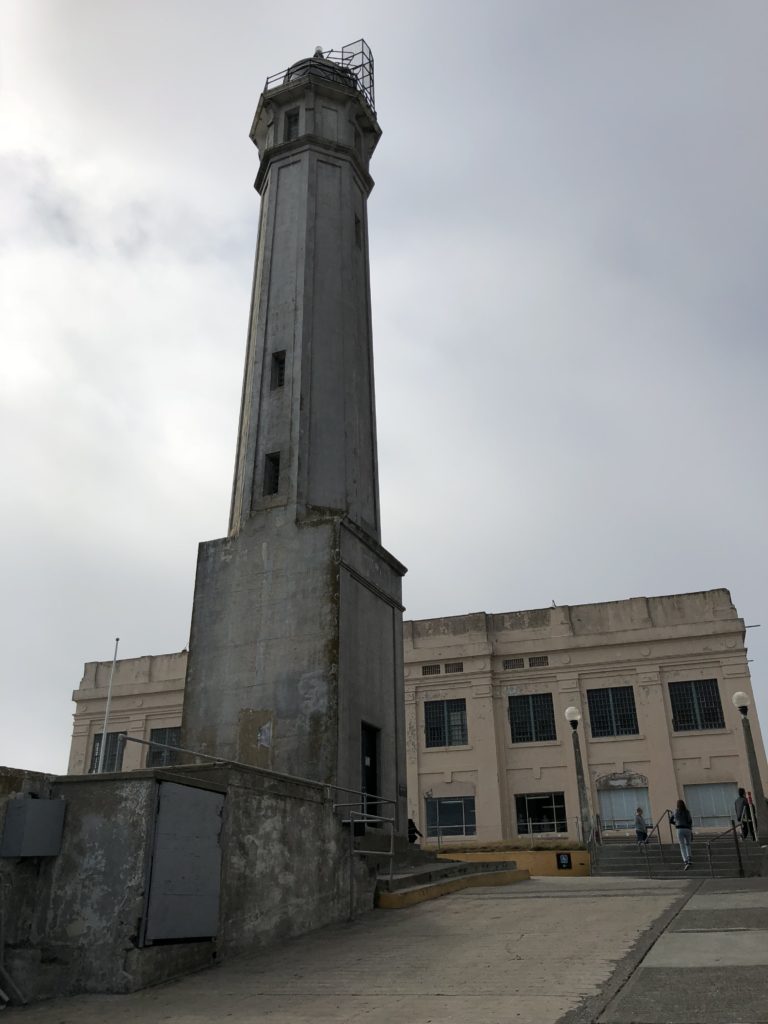
(The lighthouse was the first US lighthouse on the Pacific coast – in operation since 1854)
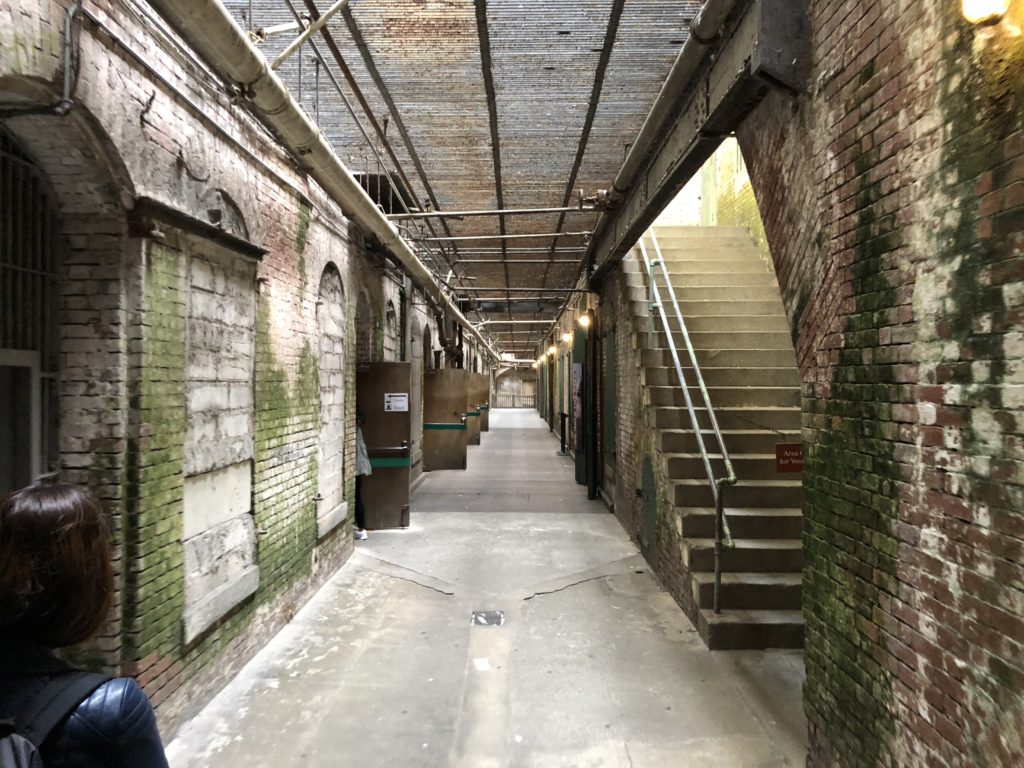
The views from the Rock are another reason to visit:
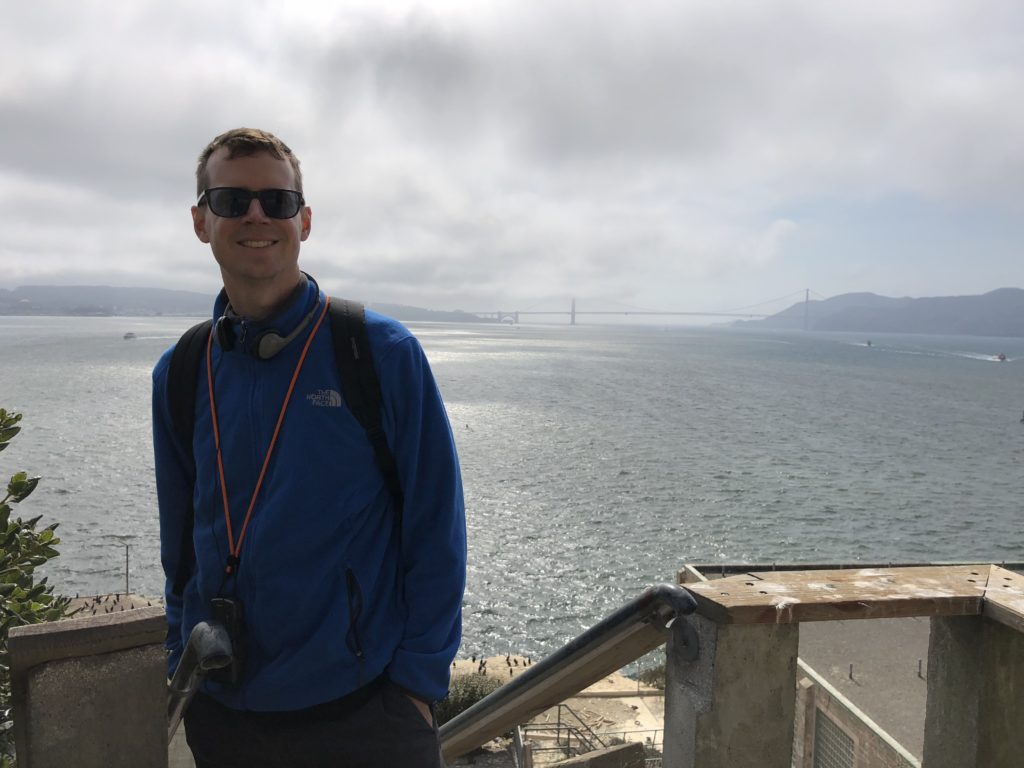
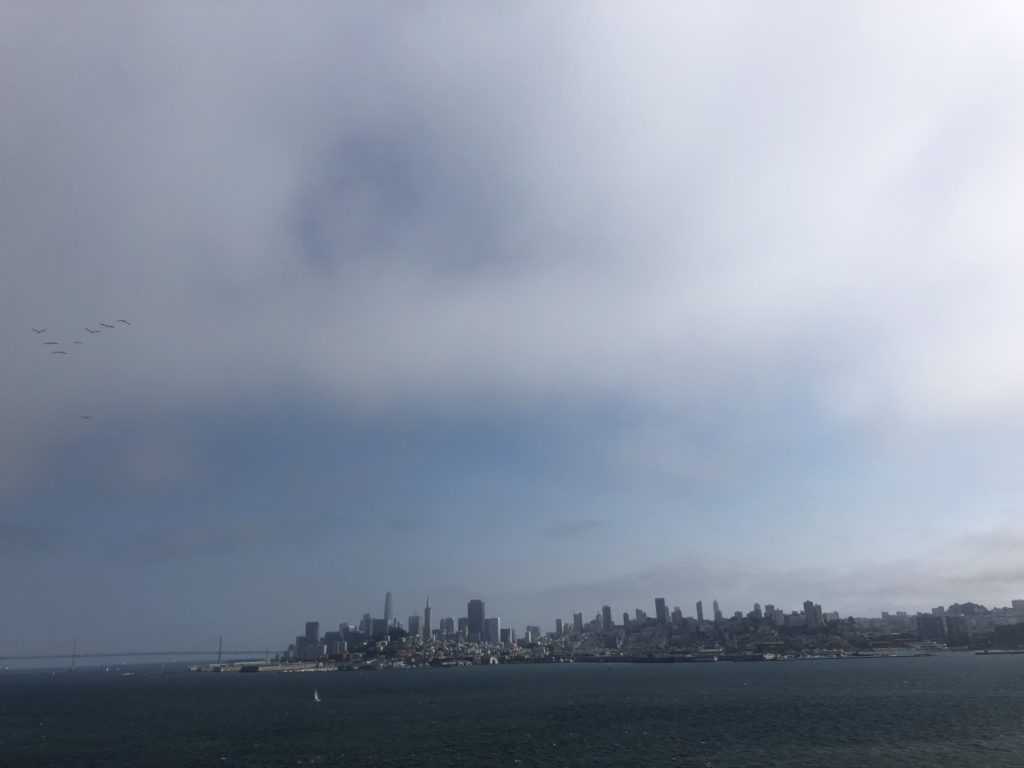
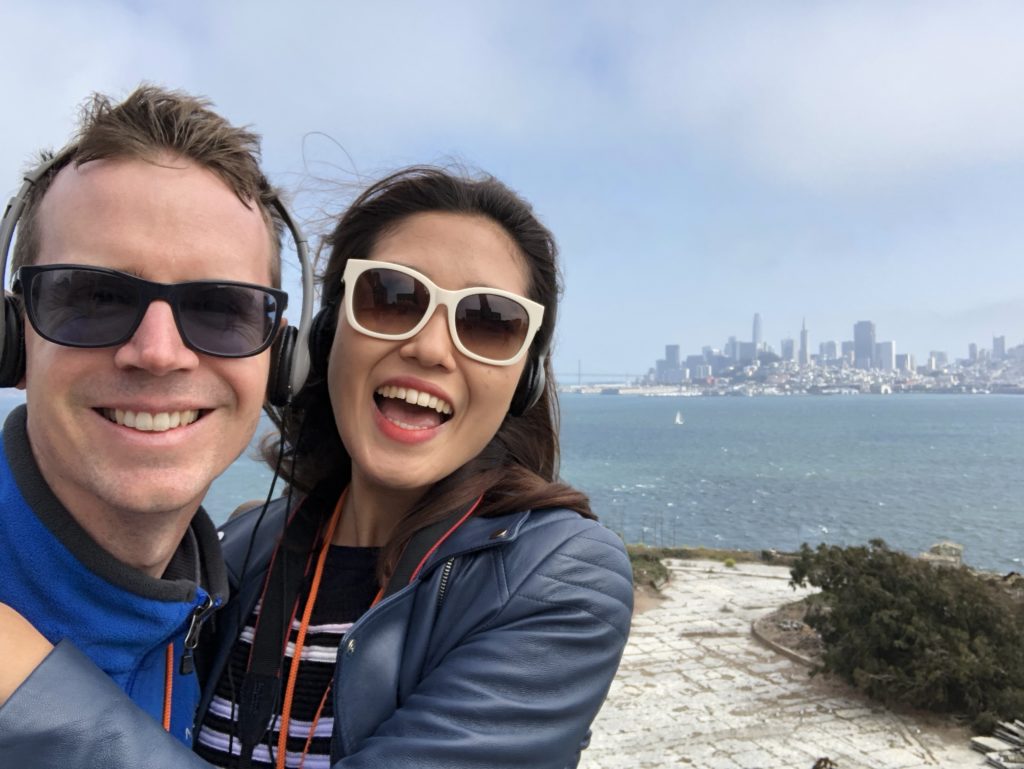
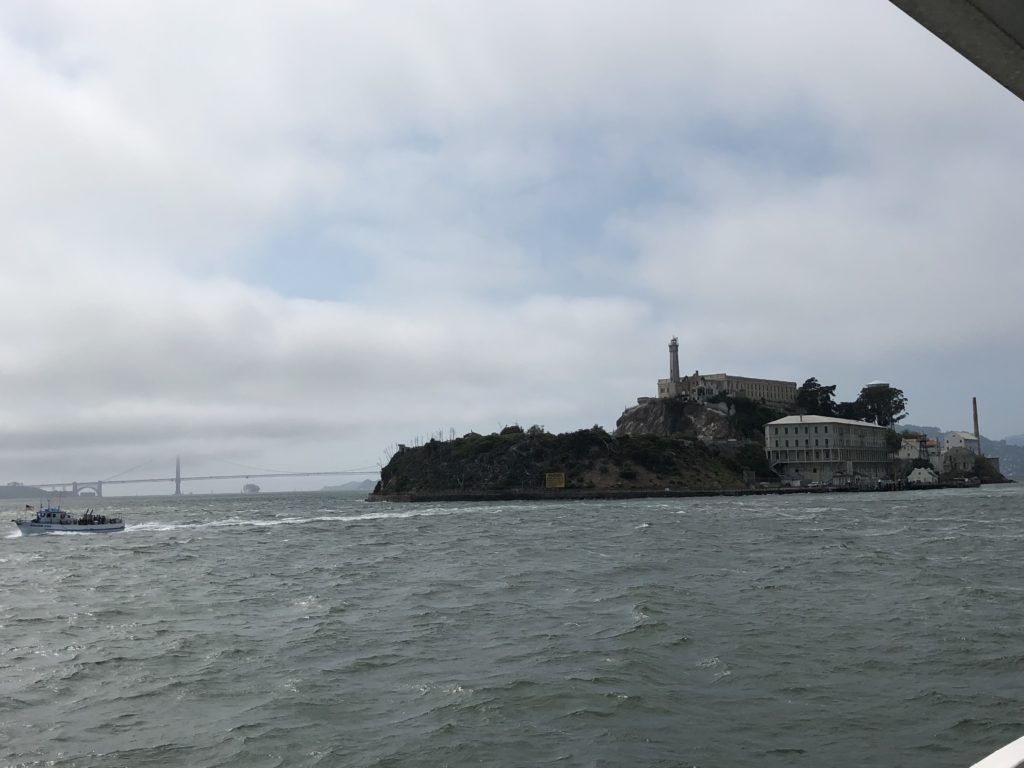
Back at San Francisco’s piers, we strolled over to the bustling Pier 39, at the edge of the Fisherman’s Wharf district.
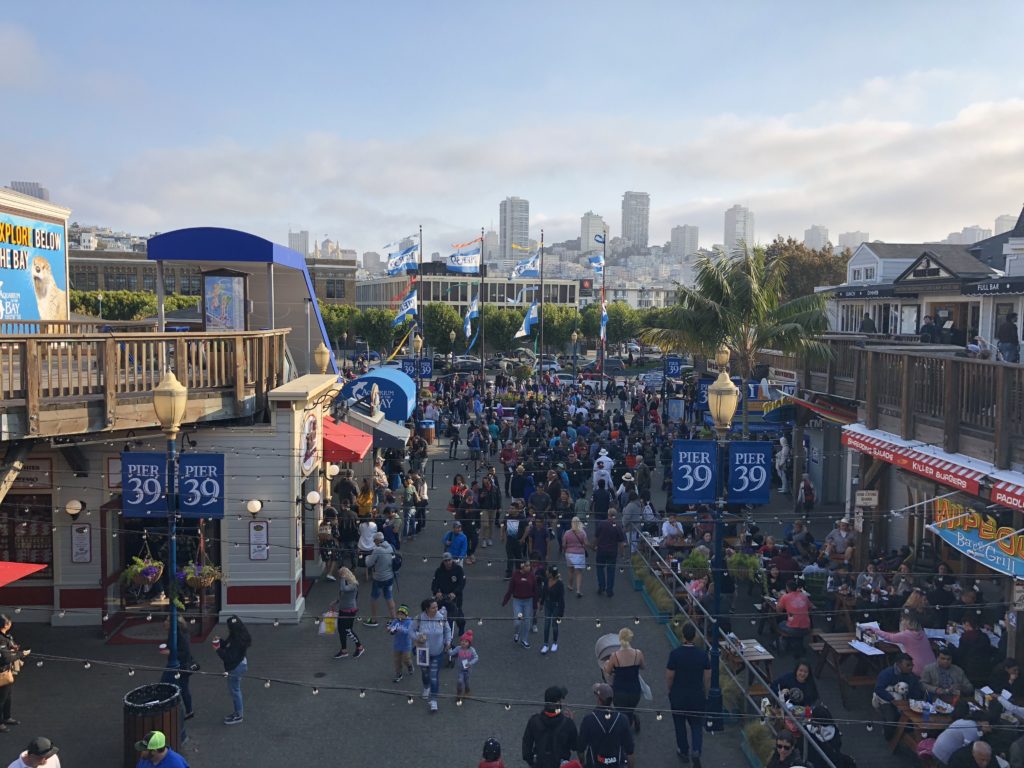
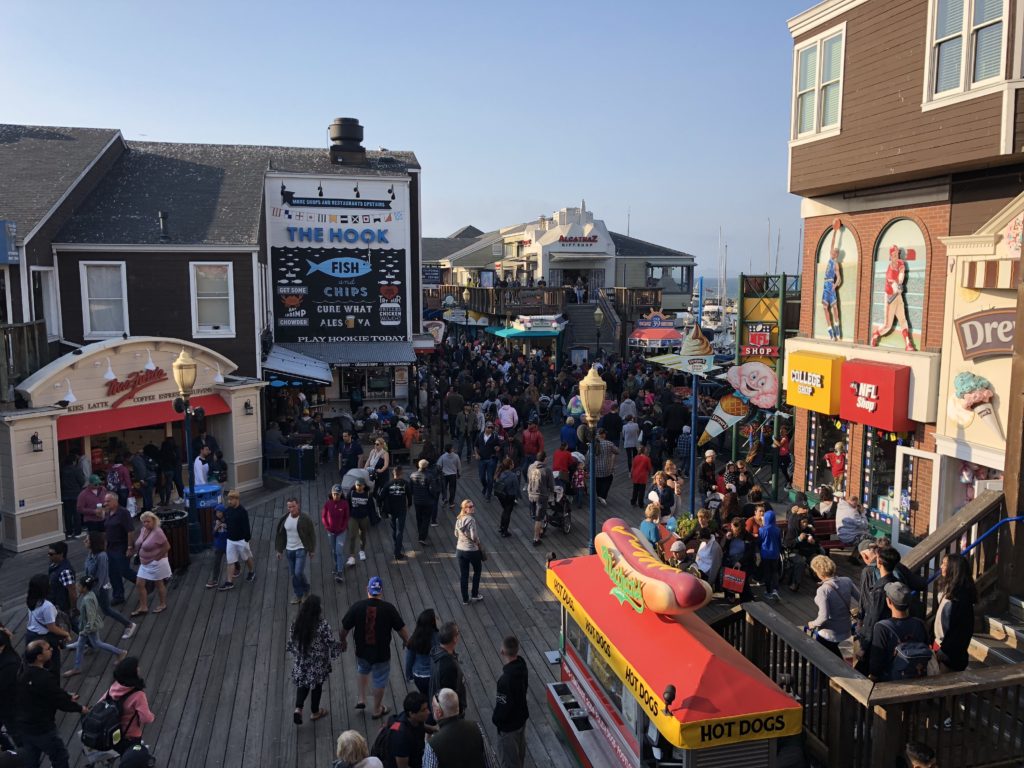
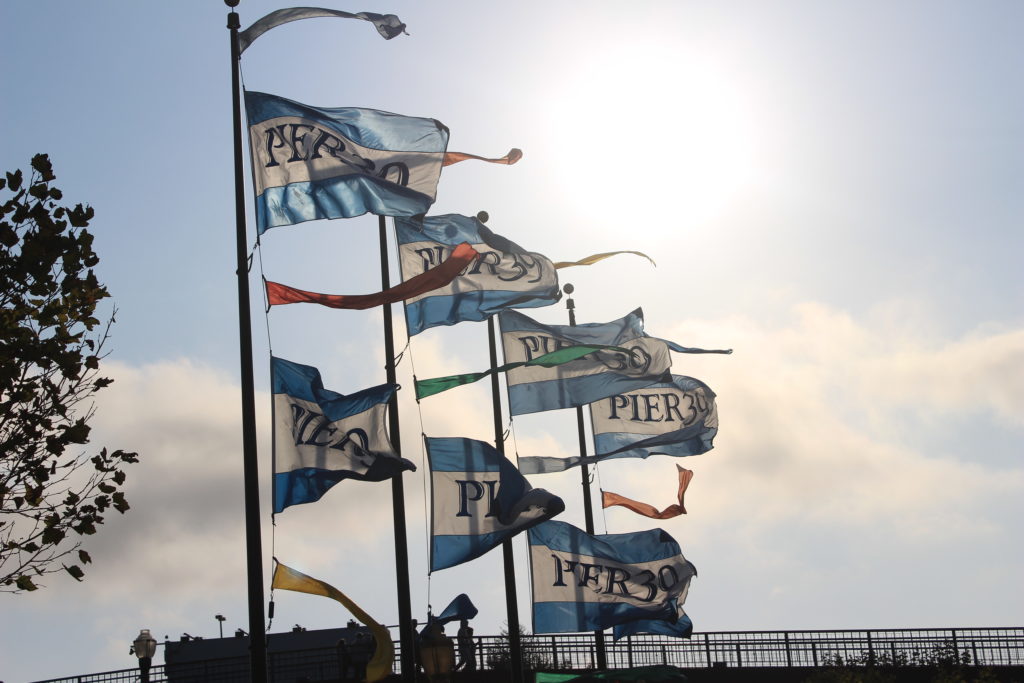

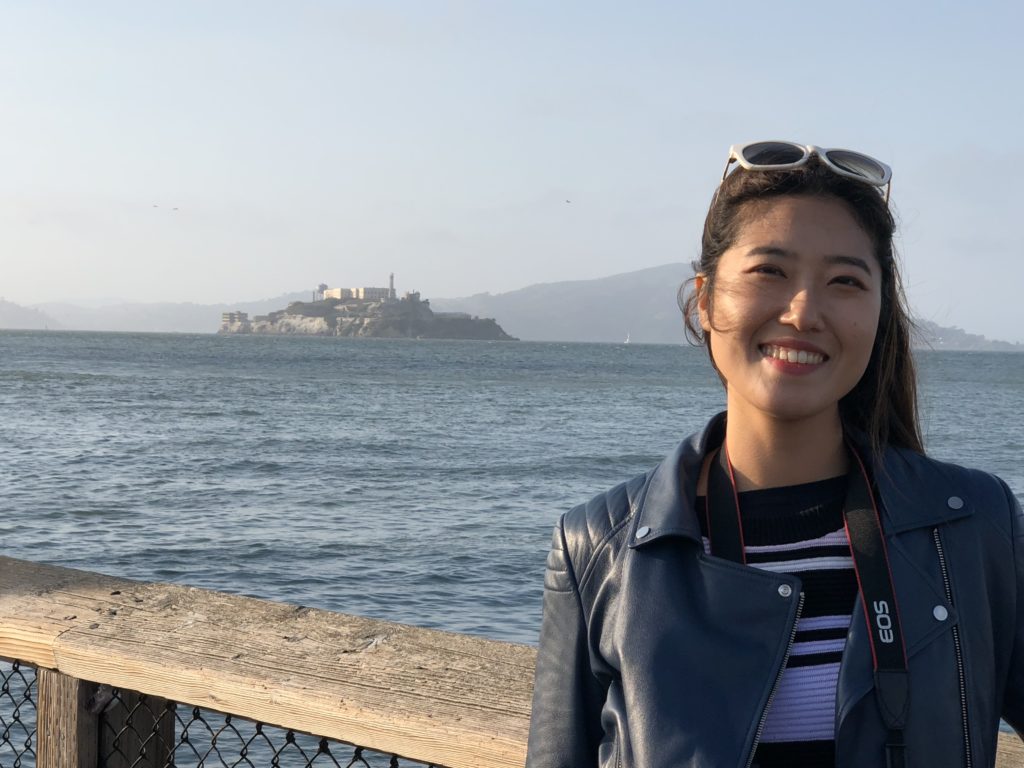
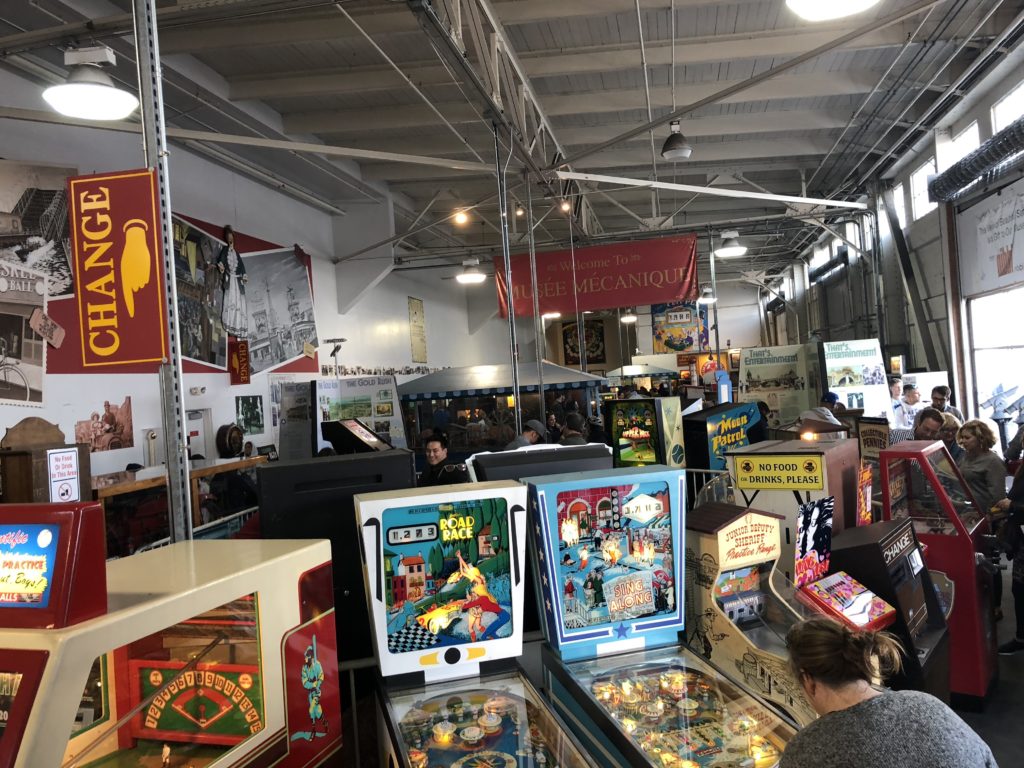
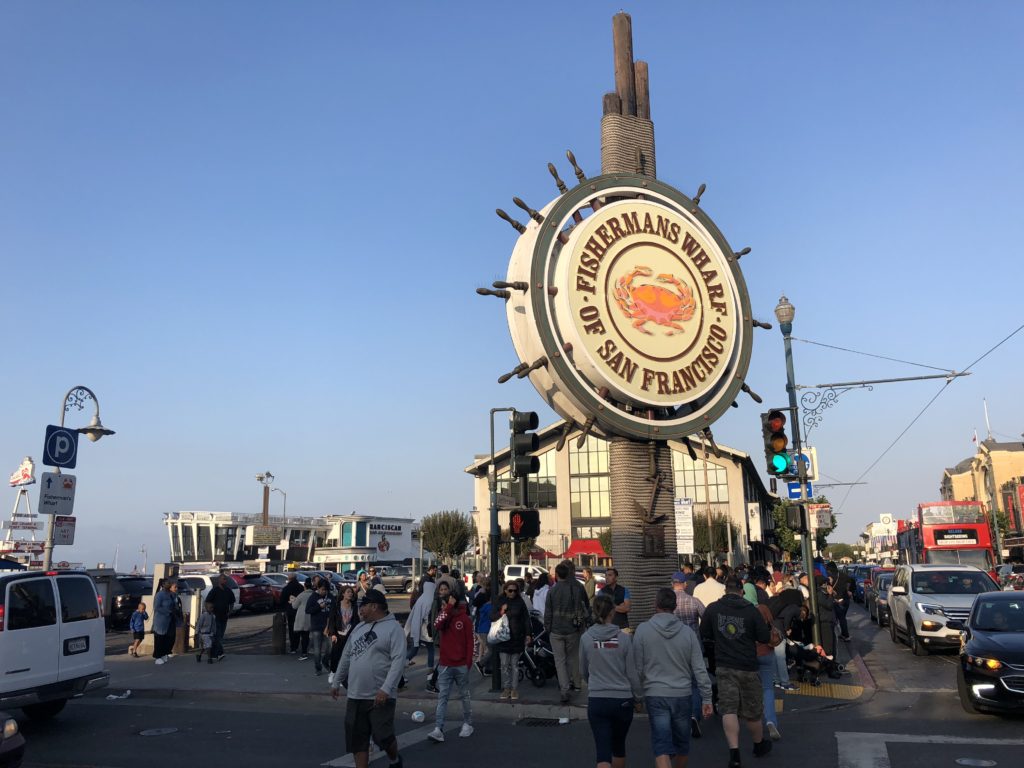
We also checked out Golden Gate Park, a huge public park on the western side of the city. About 20% larger than Central Park in NYC and larger than Stanley Park in Vancouver, it is full of interesting things to do.

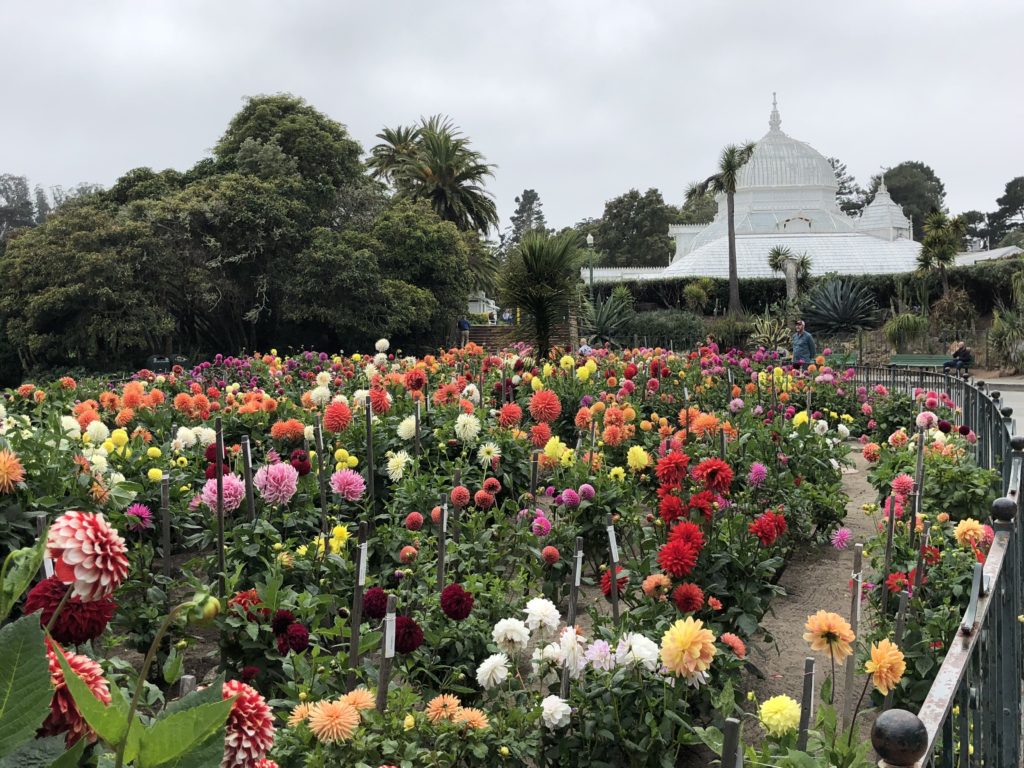

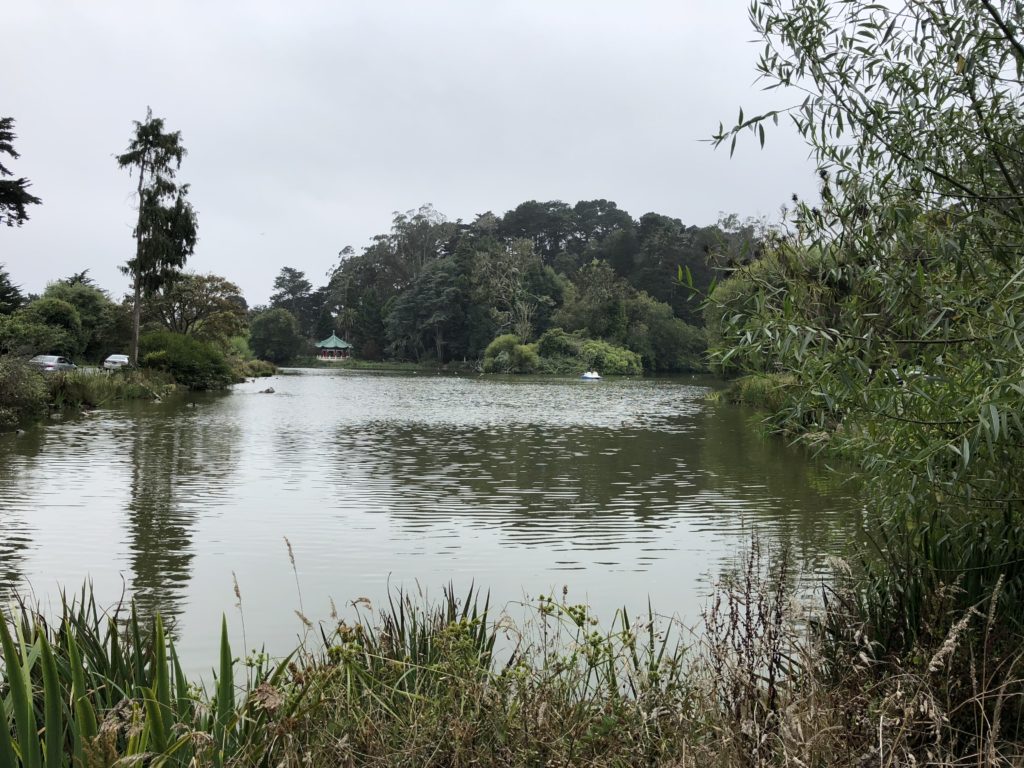
San Francisco is an impressive and iconic city, and we had only just scratched the surface. More to come…
